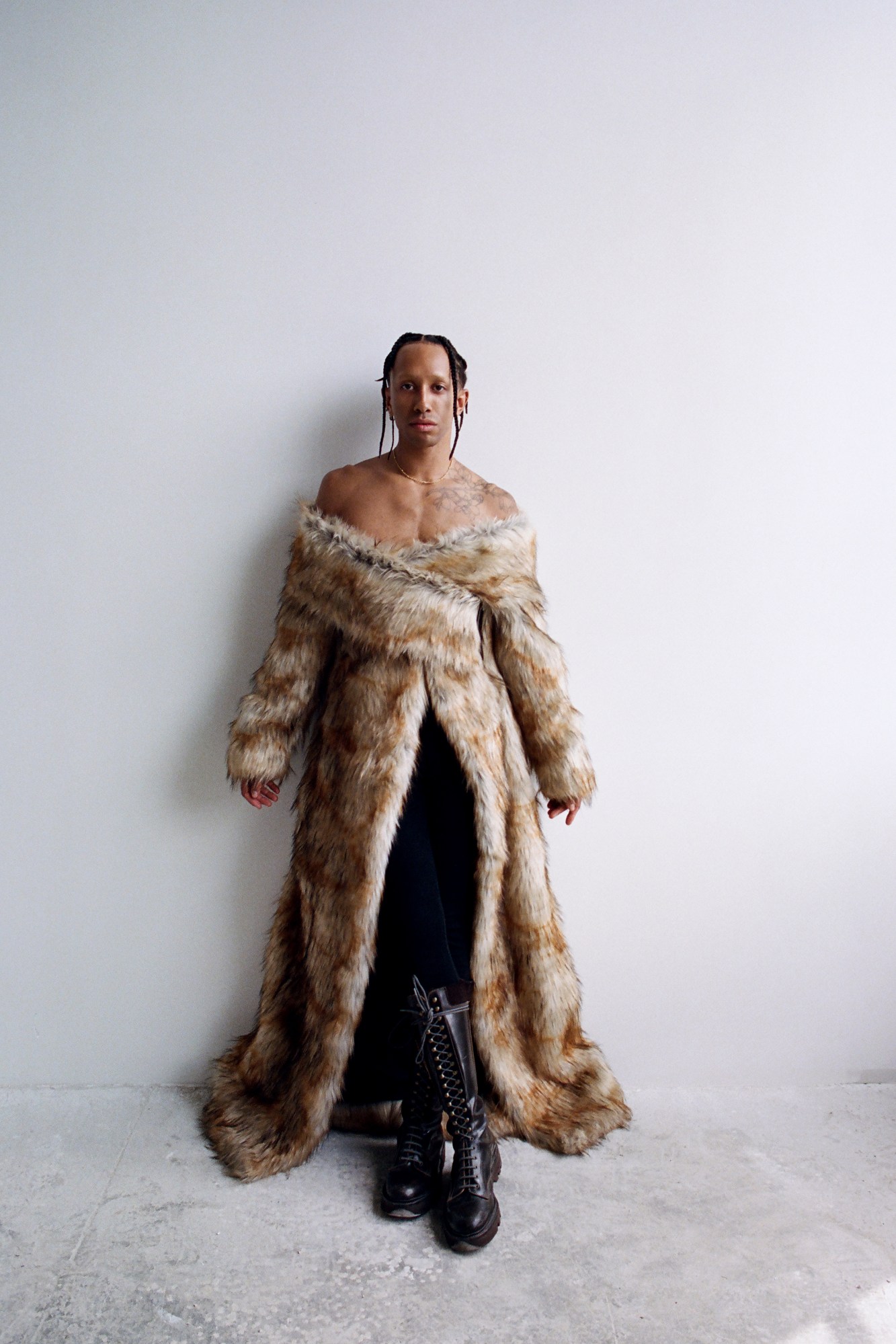“I’m going to get covered in green goo,” says Miles Greenberg over Zoom, explaining that in about 90 minutes, he plans to meet an artist who specializes in horror film makeup to begin the casting process for a customized prosthesis. He’s dabbled in artificial body parts before, but never to this extent. “This is definitely something new,” he reveals, careful not to say too much about where and how this fits into his upcoming show.
He’s established an intentional pattern in the lead-up to his durational performance pieces, which have won critical art-world acclaim since he launched his career almost a decade ago at the age 17. With a little over a week until the doors open on his next performance—his first in New York City since the start of the pandemic—he has gone into “total execution mode”. For Miles, a performance begins far before making contact with an audience. As part of his studio practice, he leans into a raw, vegan diet, disciplined exercise, and an exacting regimen of physical therapy and vitamin treatments. It’s a routine engineered to prepare his body for the extreme physical and emotional tolls of his work — from enclosing himself in a Perspex box filled with flying insects, to walking on a conveyor belt for 24-hours straight, save for the 20 minutes he lost consciousness.
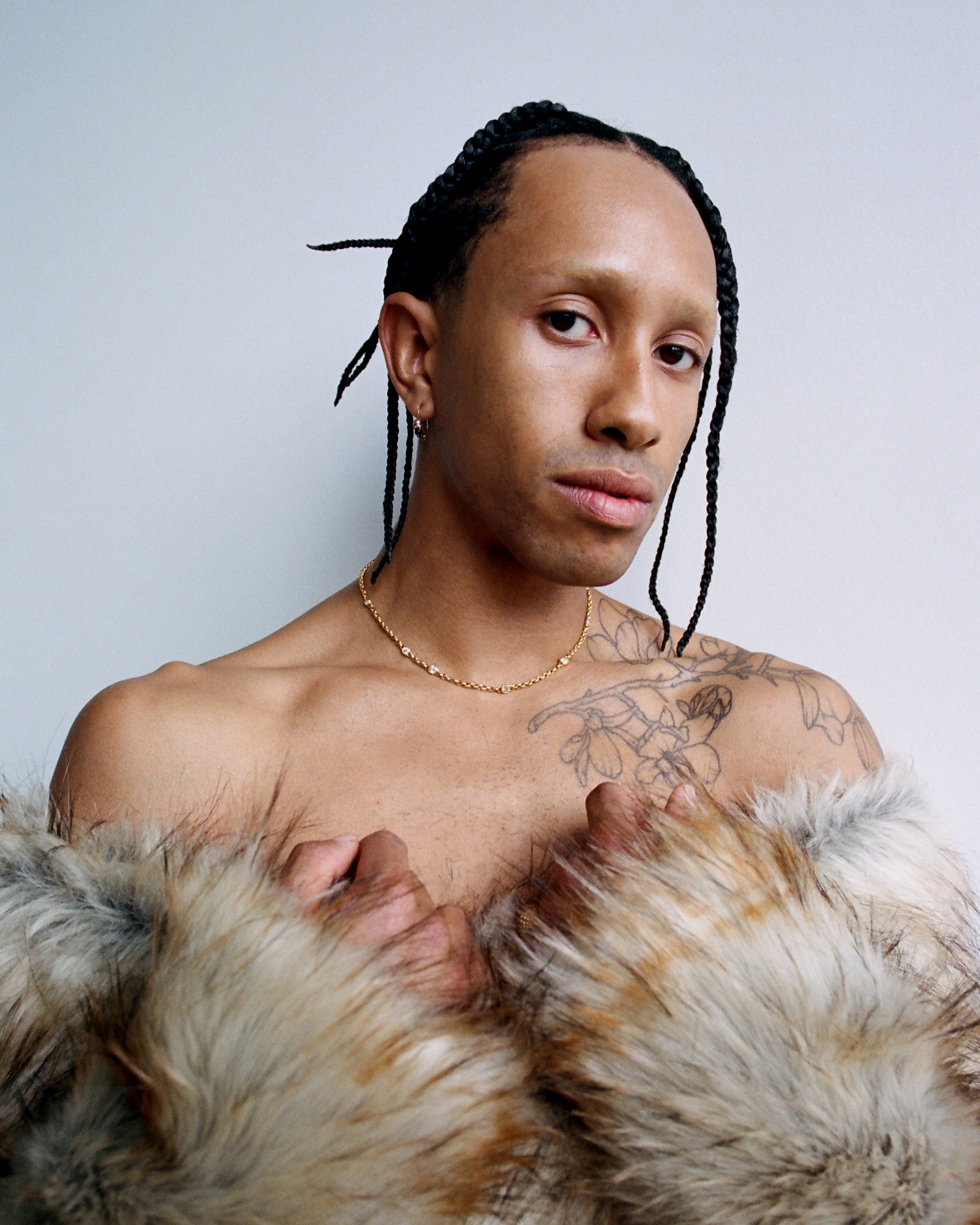
While Miles hasn’t decided how much he wants to reveal about this new piece, Fountain I — which will take place at WORTHLESSSTUDIOS on May 22nd — he can’t help but offer a taste of the thematic vibe. “This piece is about the final phases of heartbreak,” he says. “Total drama, total tragedy, but also just total ecstasy, because you’ve completely turned yourself inside out. I’m trying to illustrate, in a way that feels legible, exactly what that feels like on a very visceral level.”
He’s also been thinking a lot about surrealism lately. “Where it comes from, and where the need for it comes from. The extension of hyperbole into literal space, or something tangible,” he says, reflecting out loud. Part of the reason he’s hesitant to talk about his performances beforehand, is that he’s not entirely sure what the work is about until he’s fully immersed in it. “On one hand I need a thousand people to say yes to me, and provide money and space and time based on sketches on napkins.” On the other hand, all of the energy invested in preparation creates space for real-time fluidity. “Your studio is extended to the exhibition space,” he says.
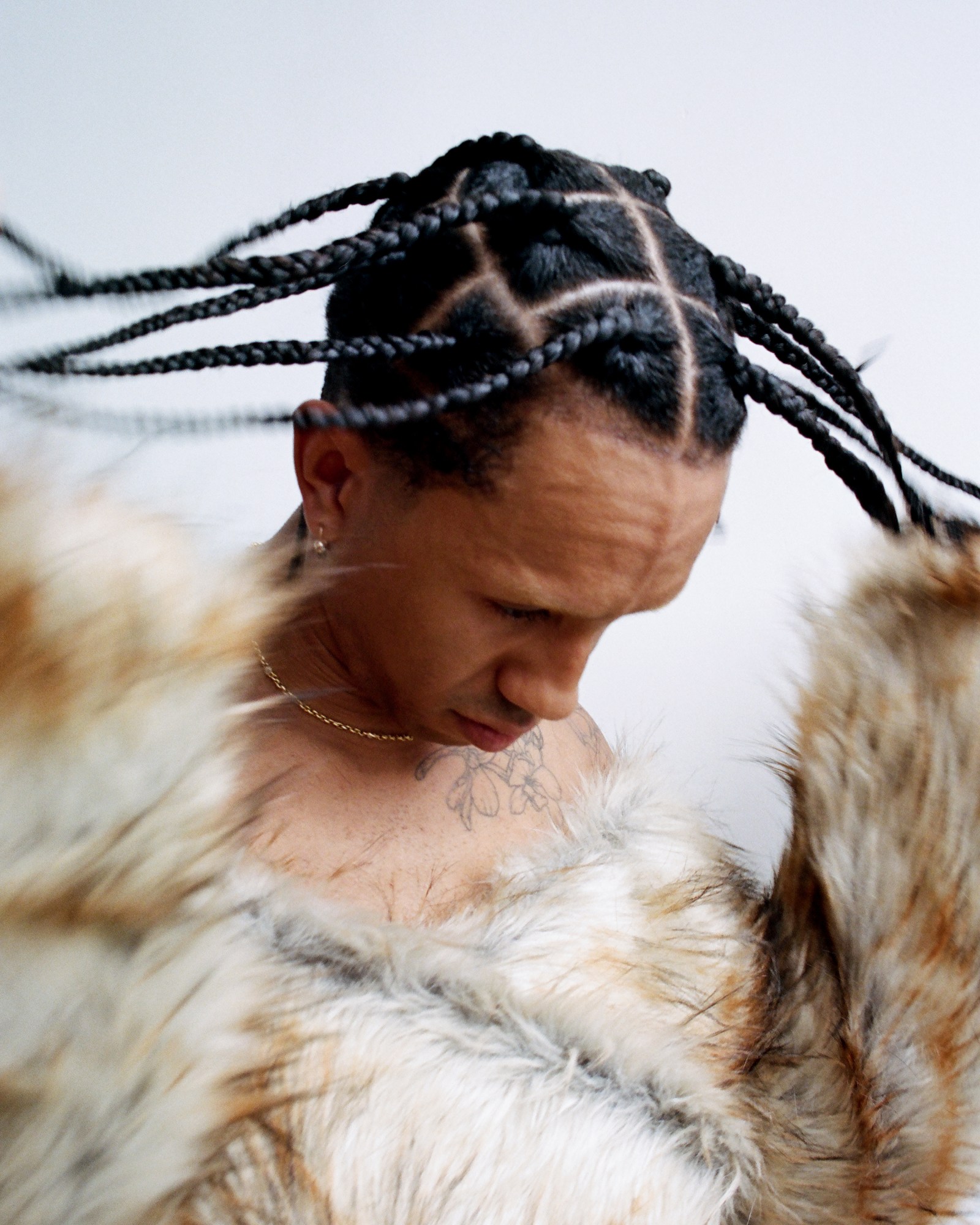
“Coming back to surrealism,” he continues, “I often think back to this quote by Suzanne Césaire, who said surrealism is essentially a state of ‘permanent readiness for the Marvelous.’ It’s this constant preparedness for whatever. She comes to surrealism from an Afro Caribbean perspective, and I think it’s very fundamental, and a common thread in Black art in general, this ability to be permeable to the world.”
Miles grew up in Montreal, the child of an actress who was part of an absurdist Russian theater company. He spent his formative years surrounded by adults, traveling the world with his mother and her troupe. Once on a trip to New York at 13, he went with her to see Marina Abromovic’s, The Artist Is Present. Captivated by the power of that seminal piece, he went on to curate his own show in Montreal at 17. He rented a storefront and plastered posters around town in search of performance artists for a week-long exhibition, eventually selecting twelve. He contributed several performances to the group show himself, and not too long after was invited to Greece to participate in an early iteration of Cleaning the House, the durational performance methodology workshop Marina Abromovic would later institutionalize. Soon they developed a friendship, and have been in creative dialogue ever since.
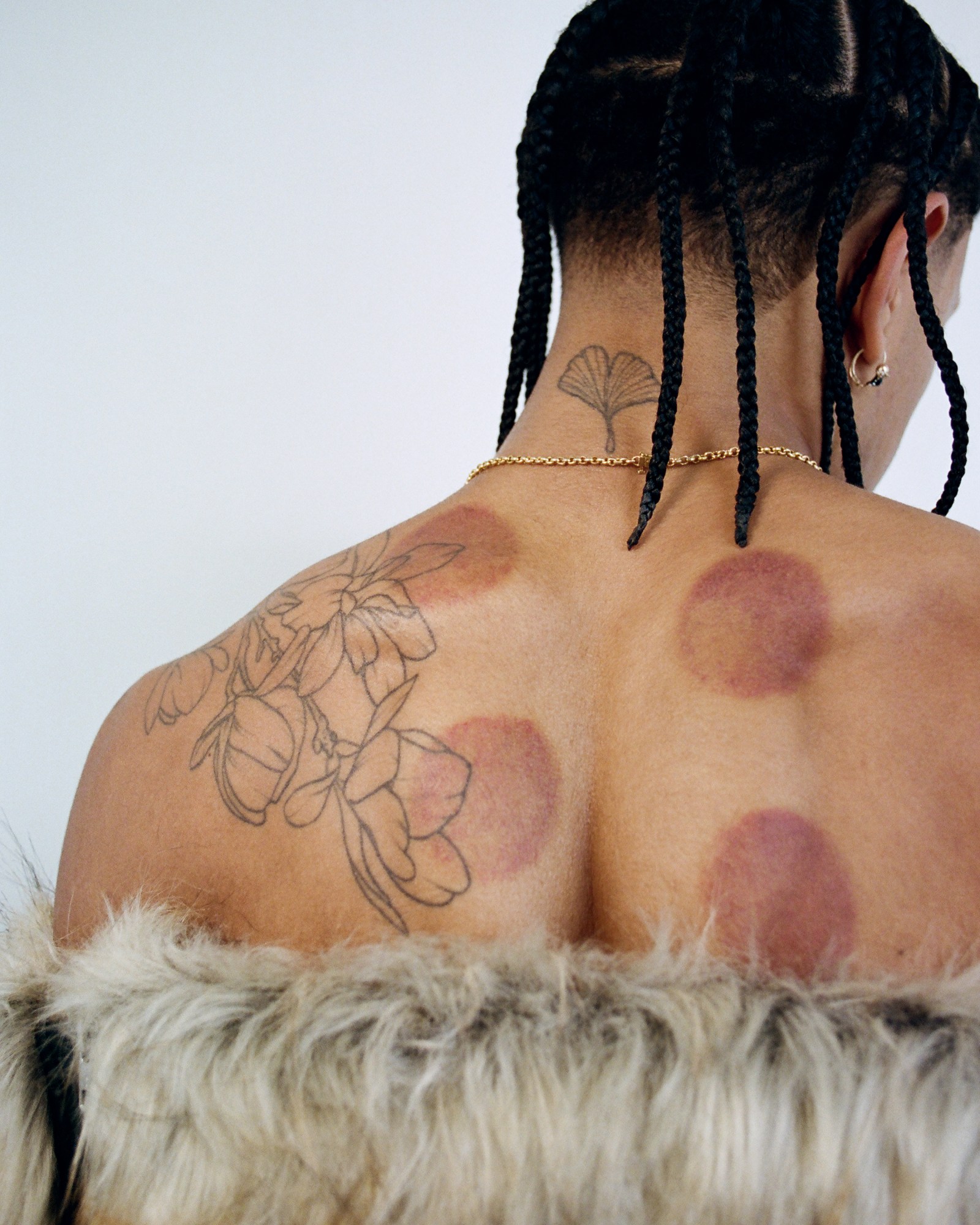
Having spent a significant portion of his life navigating predominantly white environments, Miles has been on a journey of exploring his Black identity through his art. He remembers an early fascination with the sculptures he’d experienced in traditional gallery spaces. “I’ve always been very attracted to walking around the big museums, looking at Greco-Roman statuary,” he says. His work positions the living body itself as sculpture — disrupting the classical framework with Blackness, whether it be his own, or that of collaborators.
Inspired by performance artists like David Hammons and Senga Nengudi, he’s interested in inverting whiteness and heteronormativity as cultural defaults. “I’ve spent my entire life looking at white bodies and making a translation to my own in order to understand narratives and conversations around, heartbreak, around ecstasy, around joy, around love and queerness.”
He’s also seeking to provoke a physical response in the audience. “Go to any place of worship from any religion, a church, a mosque, the Buddhist temple, or synagogue, and there’s a physiological correspondence between the bodies entering that space, and the space. When you walk into your church, it starts in your sternum and you’re immediately inspired to look up. The Black Church is the center of performance art in America. We have these transcendental, sacred spaces that are, built into every culture. I think I’m just trying to kind of manipulate aspects of those spaces to perpetuate my own poetry, picking up on the things that people respond to, that our bodies respond to. I’m thinking about when somebody walks into a space, what their body is going to do. I always look at it from the perspective of the viewer.”
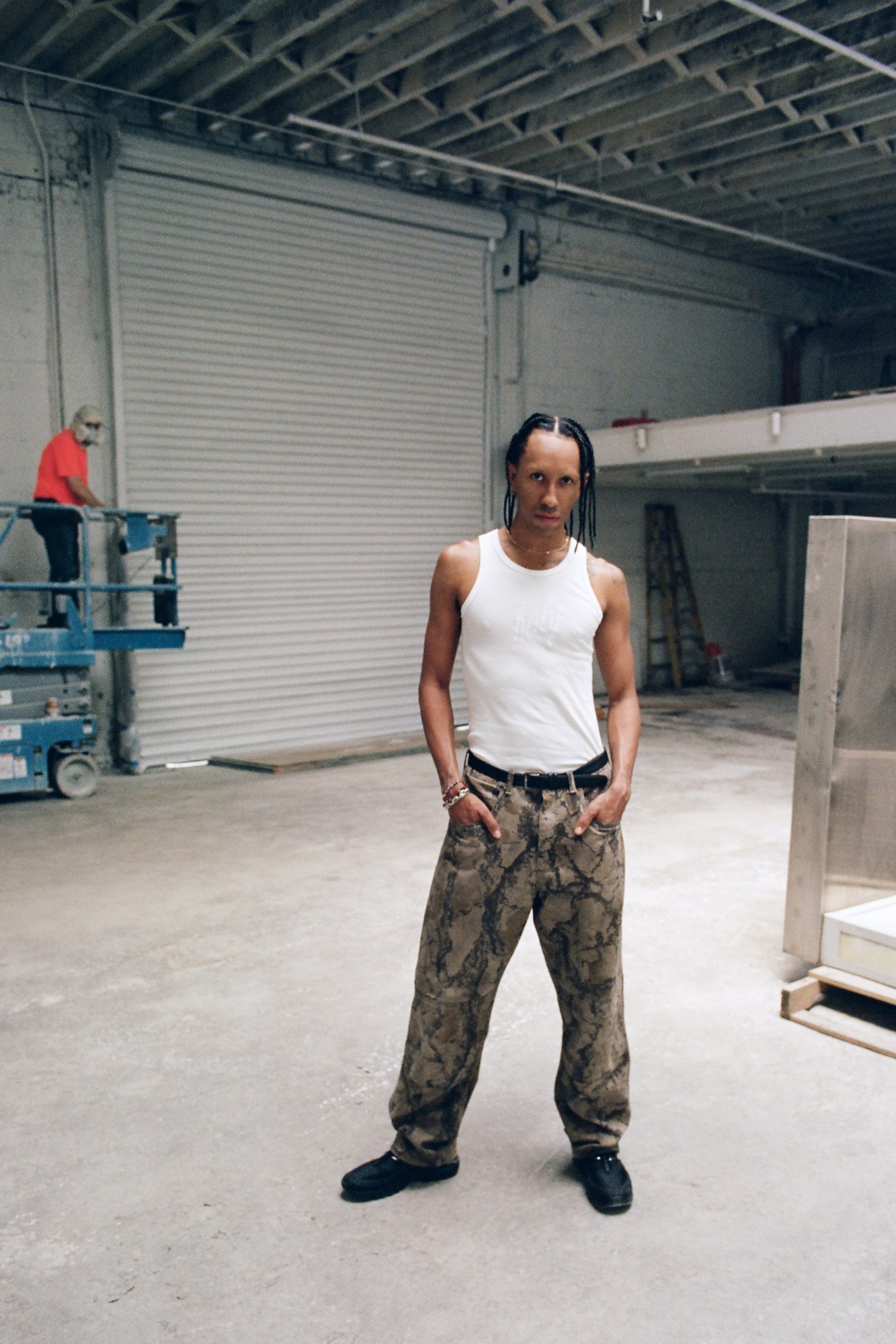
In the past three years, Miles’s exploration of these experiences has been especially prolific, even during the lockdown. On the heels of both Alphaville Noir, and HAEMOTHERAPY (I) in 2019, he performed PNEUMOTHERAPY (II), OYSTERKNIFE, LATE OCTOBER, LEPIDOPTEROPHOBIA, 8:10 (The Embrace), and Admiration Is the Furthest Thing From Understanding all in less than a year from 2020 to 2021. Perhaps he was plugging into a generative channel for processing a challenging collective chapter — considering the pandemic and a global racial reckoning — but Miles is mindful that while his work functions both in conversation and solidarity with community, it must also hold space for him as an individual.
While living and working Paris for a little over three years, he often felt frustrated that he “could never just occupy a space without somehow being in conversation with another Black artist. It was like a buddy system. Once I was put on a pamphlet, and on the back of it was an African mask from the museum’s collection. You wouldn’t do that with a white performance artist. I wish to be legible for the entire spectrum of human emotion and experience that I can, and do, express.”

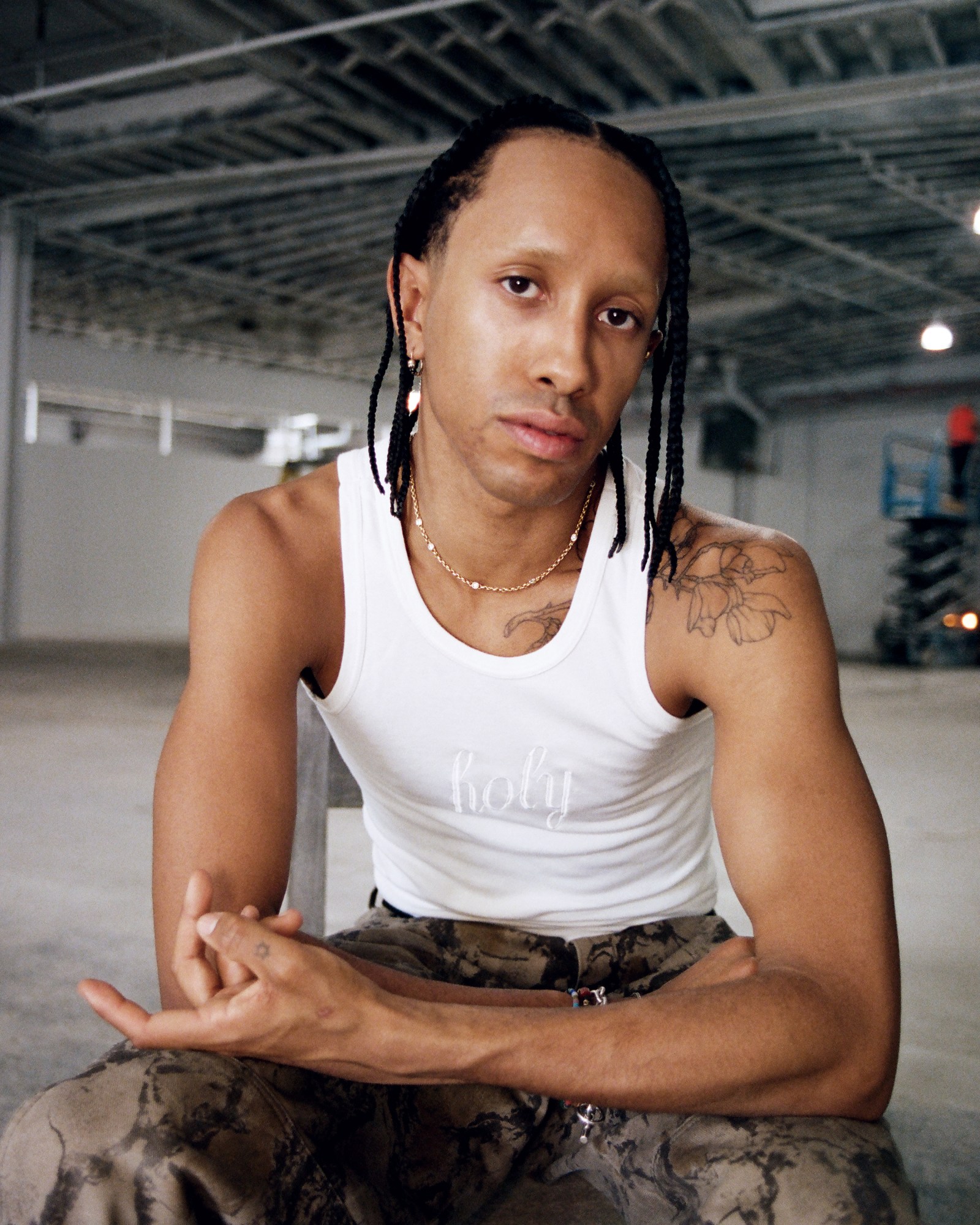
Before we hop off, Miles hints that his new piece is both a continuation of and a departure from his previous works. For the first time, he’ll be using live 3D scans during the seven-hour performance, which will record data he’ll use to make future sculptures. He’ll also be experimenting with new ways of engaging with the audience. “I oscillate between two spaces of aesthetics in my practice. There’s the very surrealistic, where I completely obscured and abstracted my body to be like really more of like a shape.” During COVID, he started working “in the space of the hyper-realistic, and it became really interesting to me to start to work without abstracting the body so much, without affecting the gaze. This piece, in particular, feels like a bit of an amalgamation of all of those things.”
In trying to elaborate, he realizes that the words he’s using feel more “curatorial” than he would like. “Bear with me,” he says with a laugh. “I’m going to be great at talking about this once it’s happened.”
